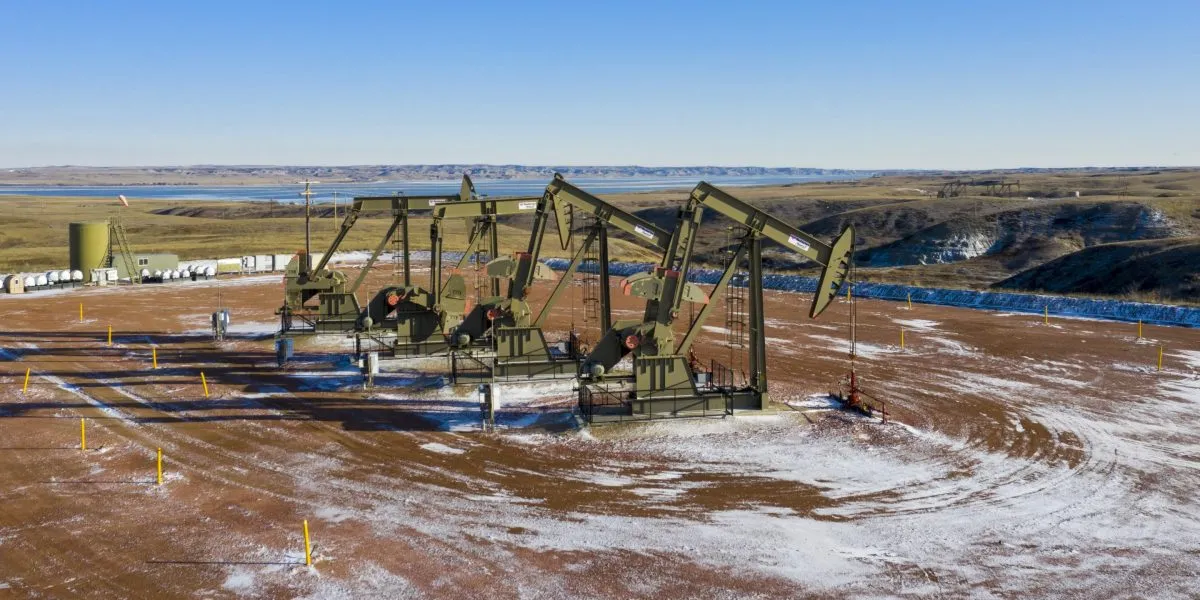
Leaning heavily on the booming Permian Basin in West Texas, Chevron is redefining its approach to the shale oil industry. By leveraging its vast scale and advanced technology, the company aims to step off the relentless spending treadmill and generate healthy profitability without the incessant demand to “Drill, baby, drill.” While Exxon Mobil may maintain a larger footprint, Chevron is determined to secure its position as the leading oil producer in the eyes of an increasingly cautious Wall Street.
Chevron's recent $53 billion acquisition of Hess, finalized in July, positions the company to explore international growth opportunities, particularly offshore Guyana, which is touted as the largest oil discovery of the century. This strategic move allows Chevron to capitalize on its extensive U.S. operations, particularly in the Permian Basin, to generate the necessary influx of free cash flow. The Hess acquisition also enhances Chevron's presence in North Dakota’s Bakken Shale, further solidifying its reliance on domestic oil and gas production, a landscape transformed two decades ago by enhanced horizontal drilling and hydraulic fracturing techniques.
With an impressive 40% of its global oil and gas production portfolio now stemming from U.S. onshore shale, Chevron is transitioning from a growth-centric model to one focused on cash flow generation. Bruce Niemeyer, Chevron’s new president of shale and tight, emphasizes this pivot, indicating a shift in focus towards maximizing efficiency and managing production levels to create a reliable cash-generating machine. “There’s been a period of time in shale and tight where the focus was solely on growth,” Niemeyer stated in a recent interview. “Now, we are adjusting our activities to maintain a plateau and enhance our operational efficiency.”
Industry analysts are largely supportive of Chevron's strategic shift. RBC Capital energy analyst Biraj Borkhataria noted that Chevron can effectively reduce its shale spending by approximately $1.5 billion annually while maintaining stable production volumes. This shift reflects a broader trend among global oil companies to diversify their portfolios and avoid over-reliance on any single country, including the U.S.
The Permian Basin is a powerhouse in the U.S. oil sector, currently producing nearly half of the nation's 13.4 million barrels of crude oil daily. Chevron recently reached a significant milestone in the Permian, achieving production levels of 1 million barrels of oil equivalent per day, including natural gas. This accomplishment positions Chevron as the second-largest net producer in the region, following Exxon.
The ongoing "treadmill effect" in the Permian Basin refers to the rapid depletion of shale wells, necessitating continuous drilling to maintain production levels. Chevron has addressed this challenge by combining its scale and efficiency with a strategic slowdown in drilling activities. As a result, the company is able to produce more oil and gas with fewer drilling rigs and fracking crews, employing innovative techniques such as drilling longer wells and fracking multiple wells simultaneously. Recently, Chevron reduced its Permian drilling activity from 13 to 9 active rigs, with further declines anticipated.
Chevron's presence in the Permian Basin can be traced back to the 19th century when the Texas Pacific Railway sought to build a railroad from Texas to California. This initiative evolved into the Texas Pacific Land Trust, which managed approximately 3.5 million acres in Texas. Following the oil boom in West Texas during the 1920s, Texas Pacific evolved into an oil company that was eventually acquired by Texaco in 1962. Chevron's acquisition of Texas in 2001 for $36 billion came at a time when the Permian was viewed as a depleted resource, but the shale revolution has since revived its potential.
Unlike Exxon, which controls the majority of its Permian assets, Chevron operates a significant portion of its holdings through longstanding mineral rights and joint venture partnerships. This unique operational structure allows Chevron to generate revenues without substantial capital expenditures, offering a competitive advantage in the market. Niemeyer highlighted that Chevron owns a stake in one of every five Permian wells, making its portfolio remarkably distinctive.
Looking ahead, Chevron is focusing on technology and artificial intelligence to enhance efficiency and reduce costs. Niemeyer noted the transition from brute force methods of drilling to a more analytical approach. “Where we’re headed next is maximizing output while requiring different insights and connectivity, with AI playing a significant role,” he explained.
In addition to its Permian operations, Chevron is eyeing growth opportunities offshore Guyana, following its partnership with Hess. However, the company must also evaluate its divestment strategy, particularly in the Bakken region, where analysts question its long-term profitability compared to the Permian. Chevron's recent sale of its Canadian assets for $6.5 billion represents a significant step towards achieving its goal of divesting between $10 billion and $15 billion by 2028.
As Chevron navigates these strategic decisions, the industry will be watching closely to see how it balances growth, efficiency, and profitability in an ever-evolving oil landscape.